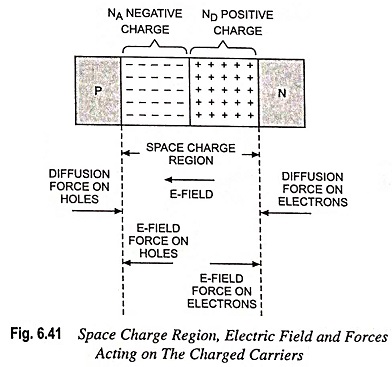Space Charge Region at a Junction
Space Charge Region at a Junction: As explained already, the interface separating the N and P-regions is called the metallurgical junction. Let us consider a step junction in which the doping concentration is uniform in…
